Spuria Culture
Origin: Countries bordering the Mediterranean Sea.
These beardless irises bloom later than the bearded iris. Tall, elegant plants have blooms that resemble orchids, with three or more blossoms open at once. Colors range from white and yellow through blue, violet, and brown to near black, usually with bright yellow signals. Height varies from 2 to 5 feet.
Keep rhizomes wet and cool until planting time. Okay to refrigerate, but do not freeze.
Plant in September and October.
Prepare soil at least 2 weeks before planting. Use plenty of mulch or compost to loosen soil.
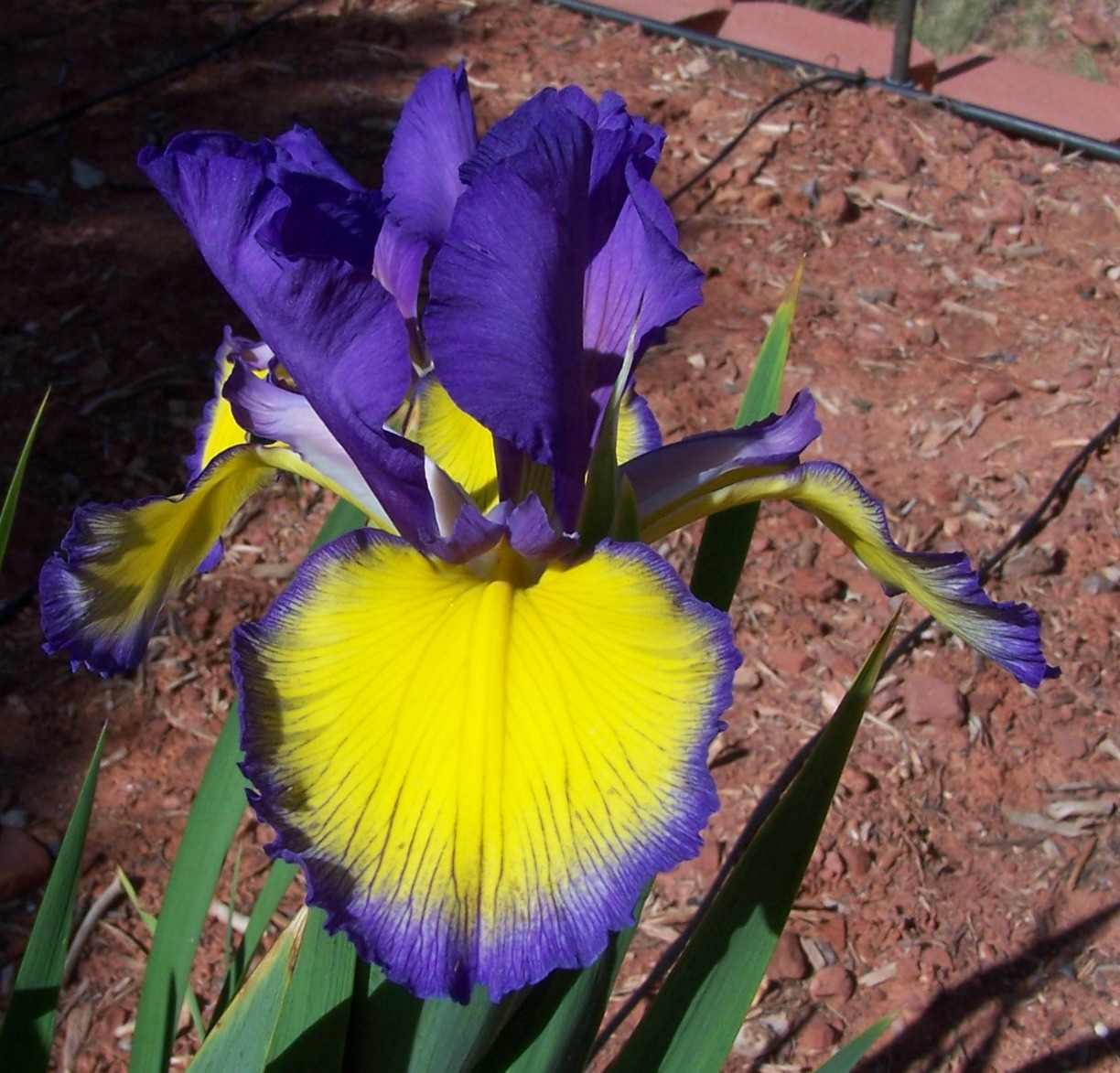
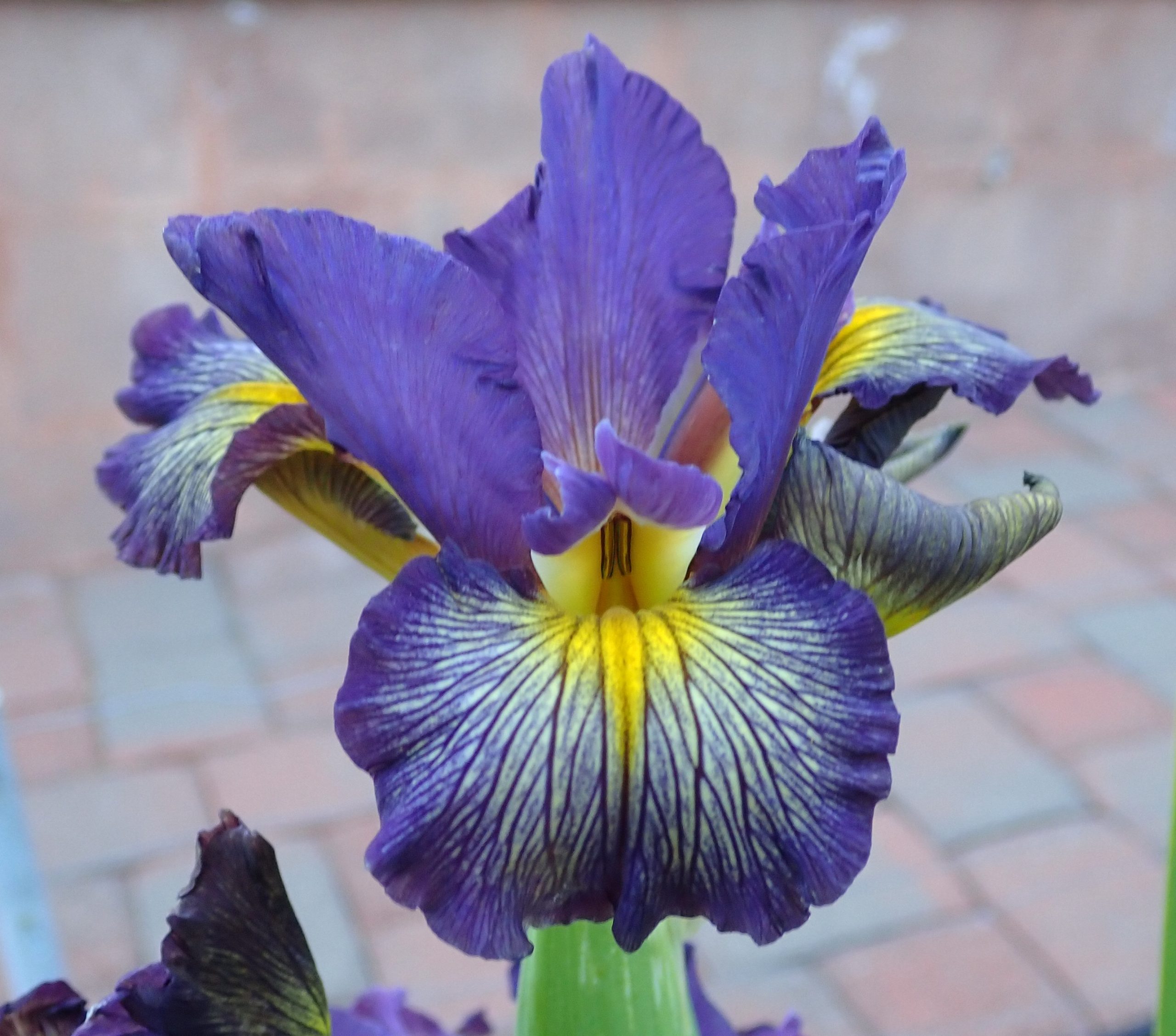
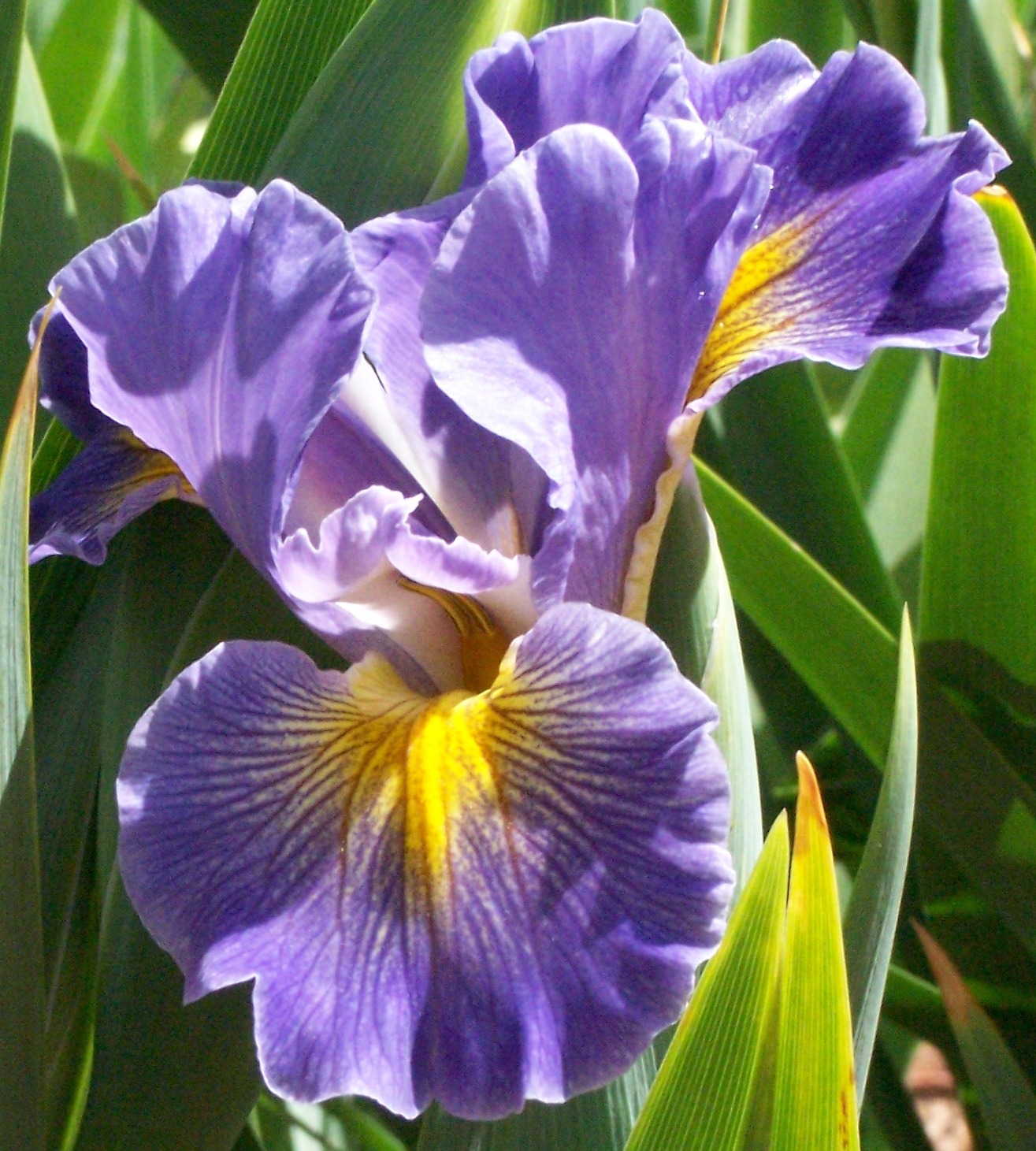
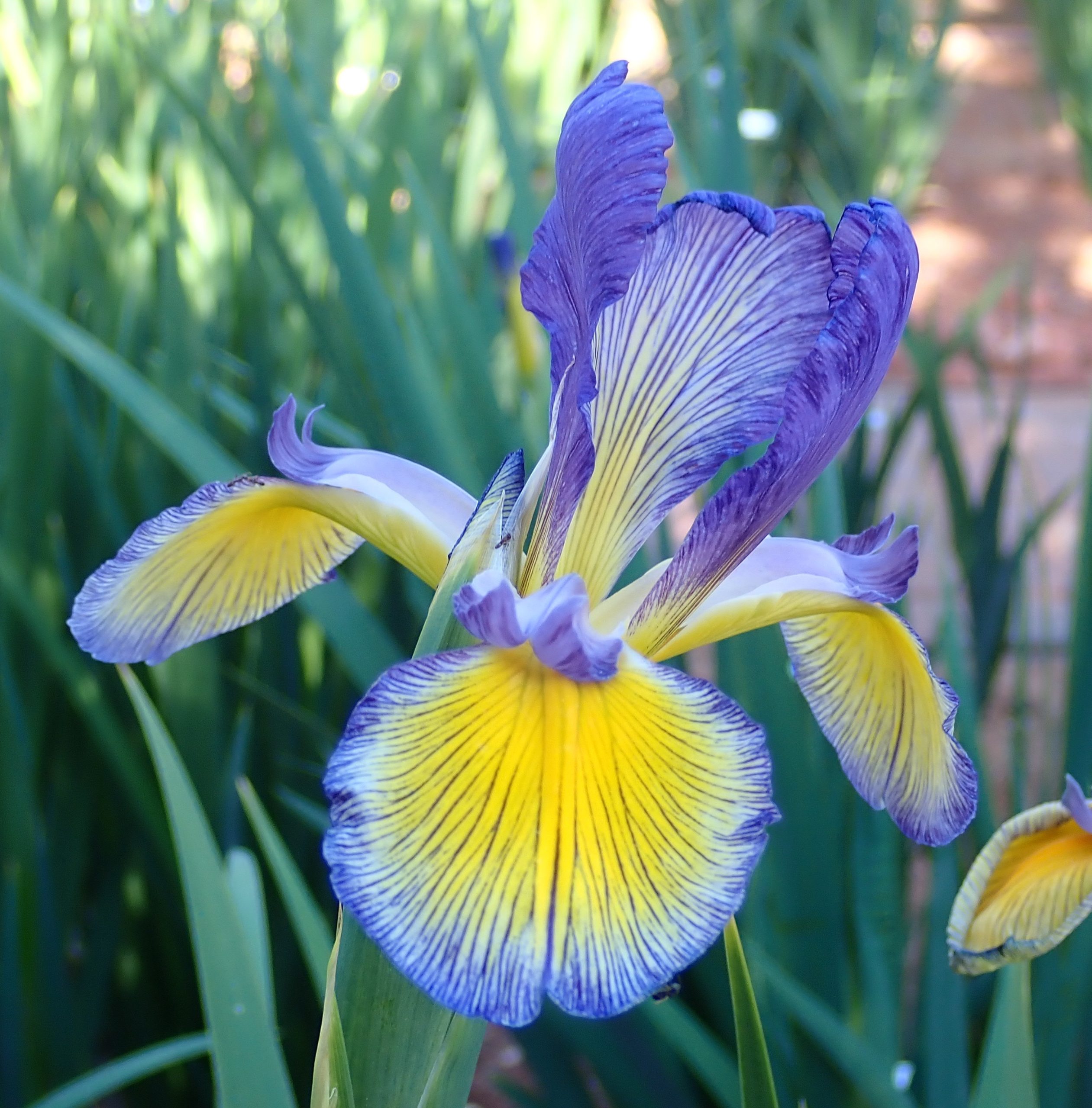
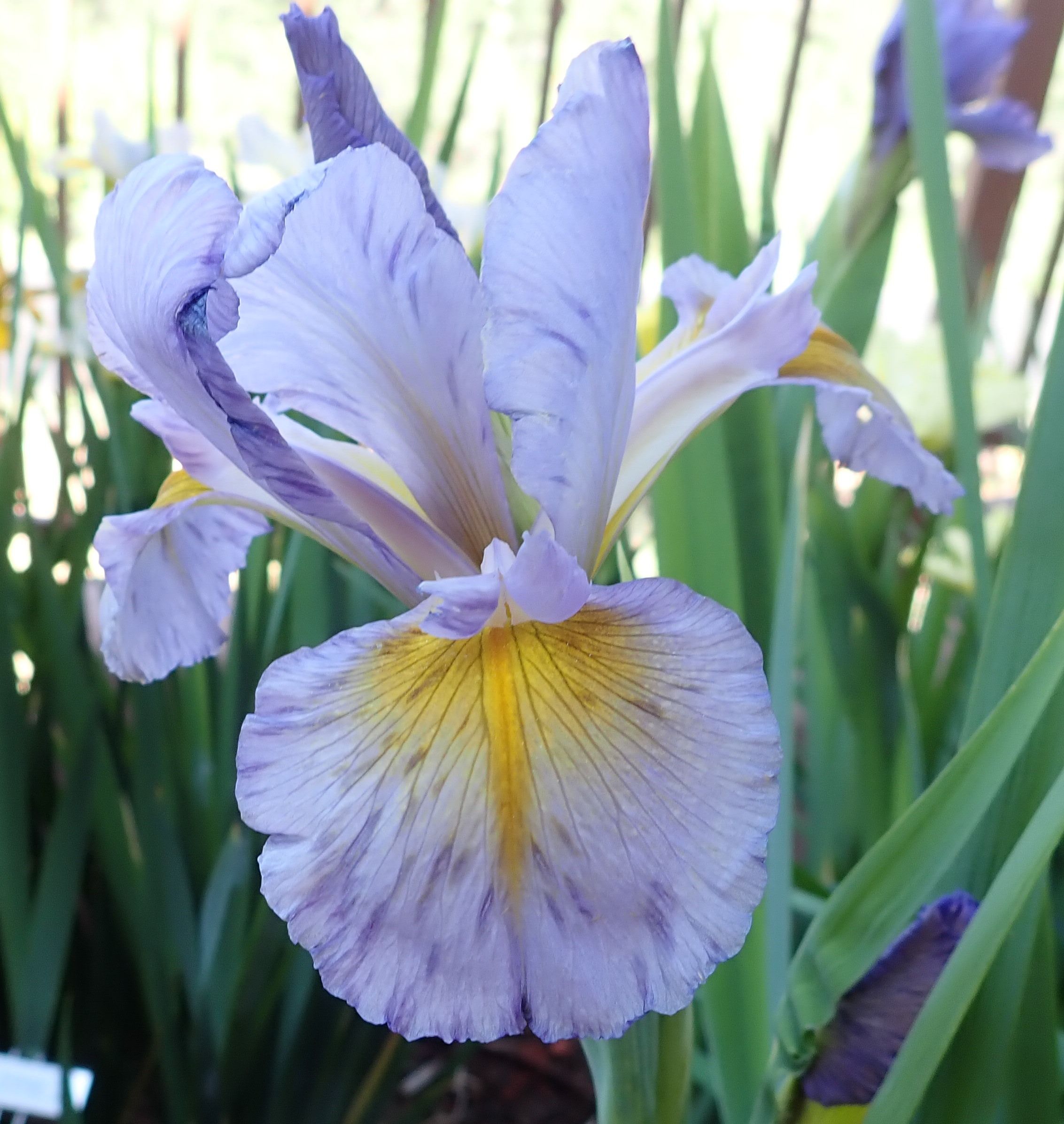
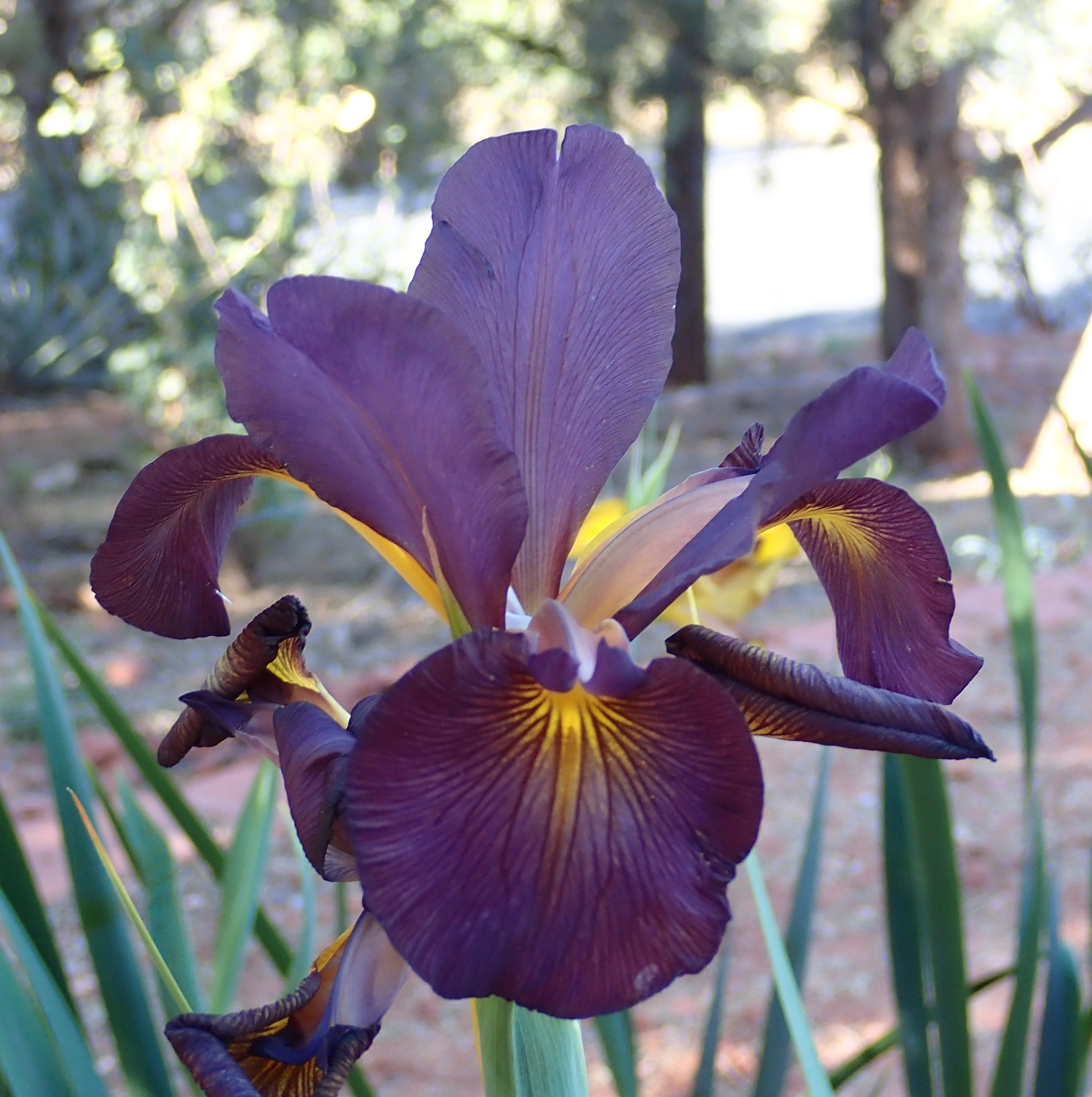
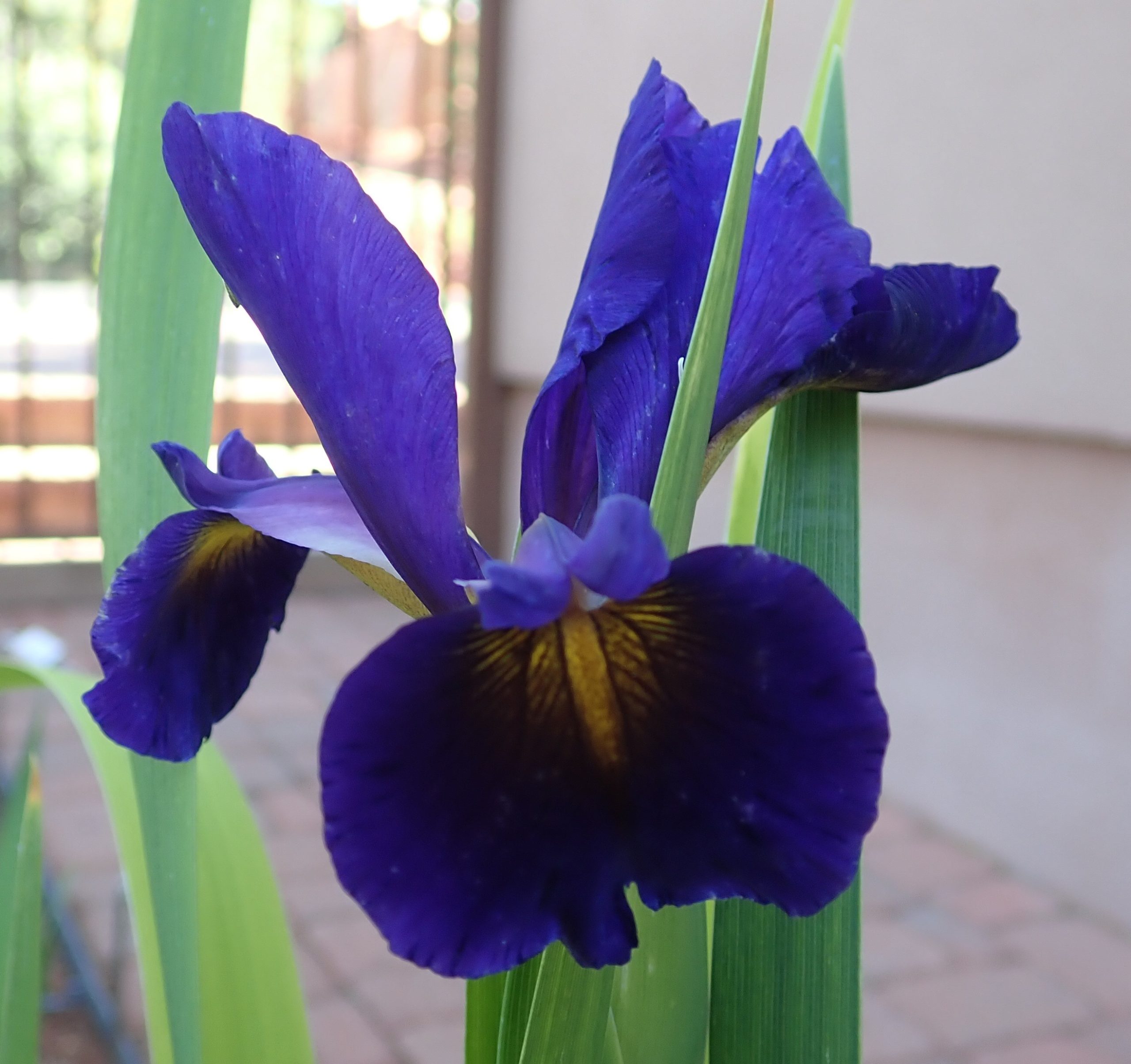
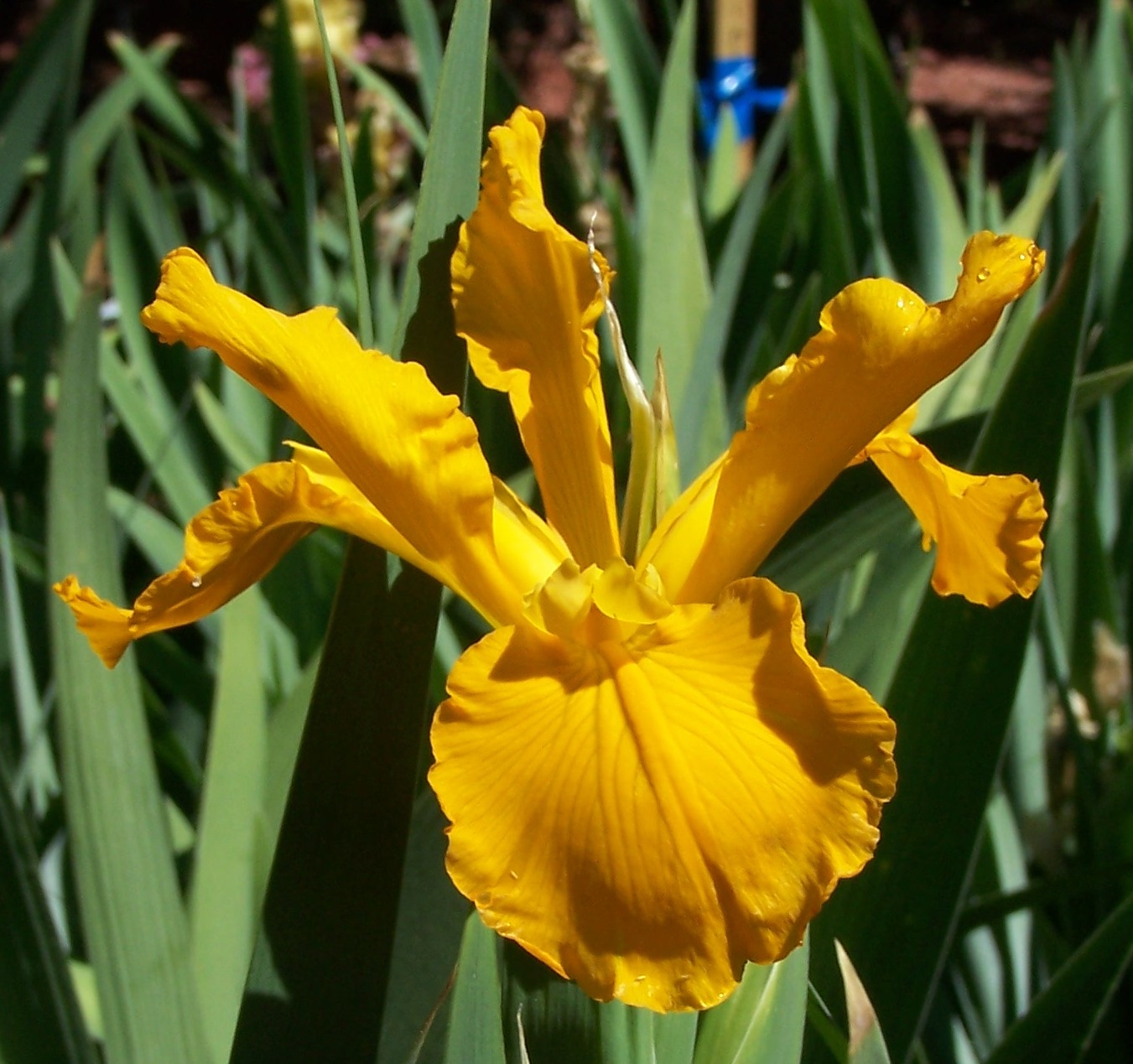
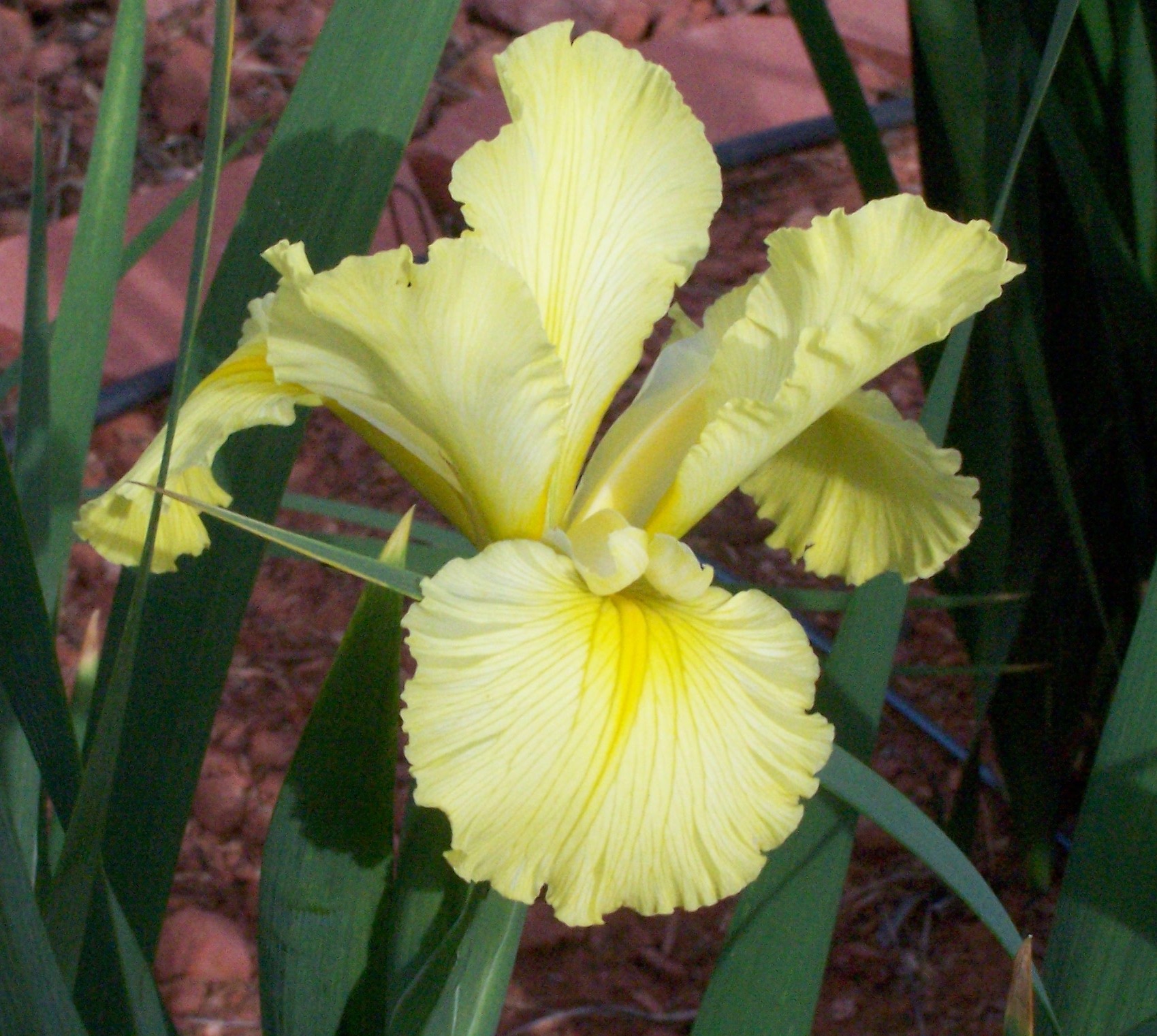
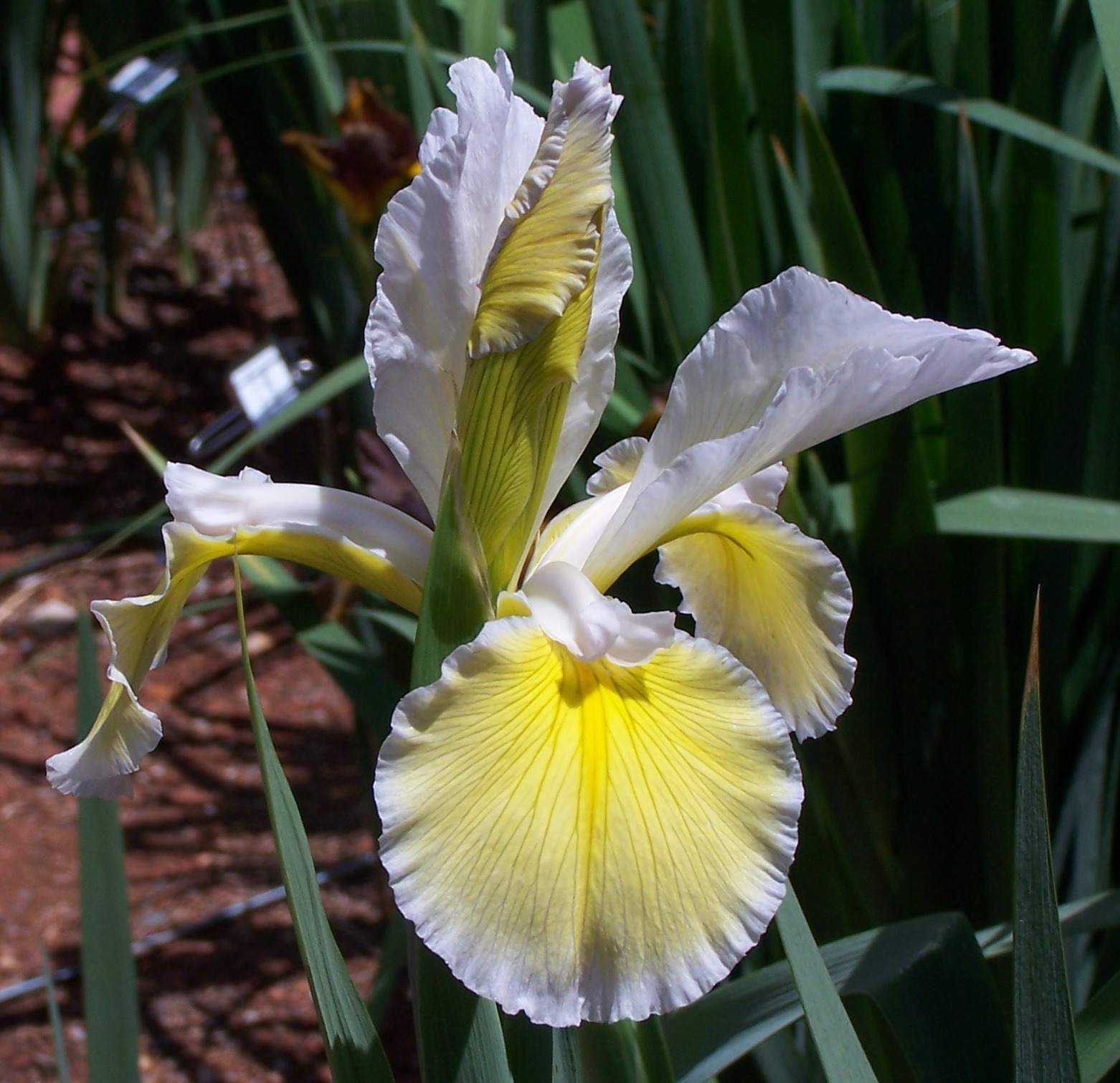
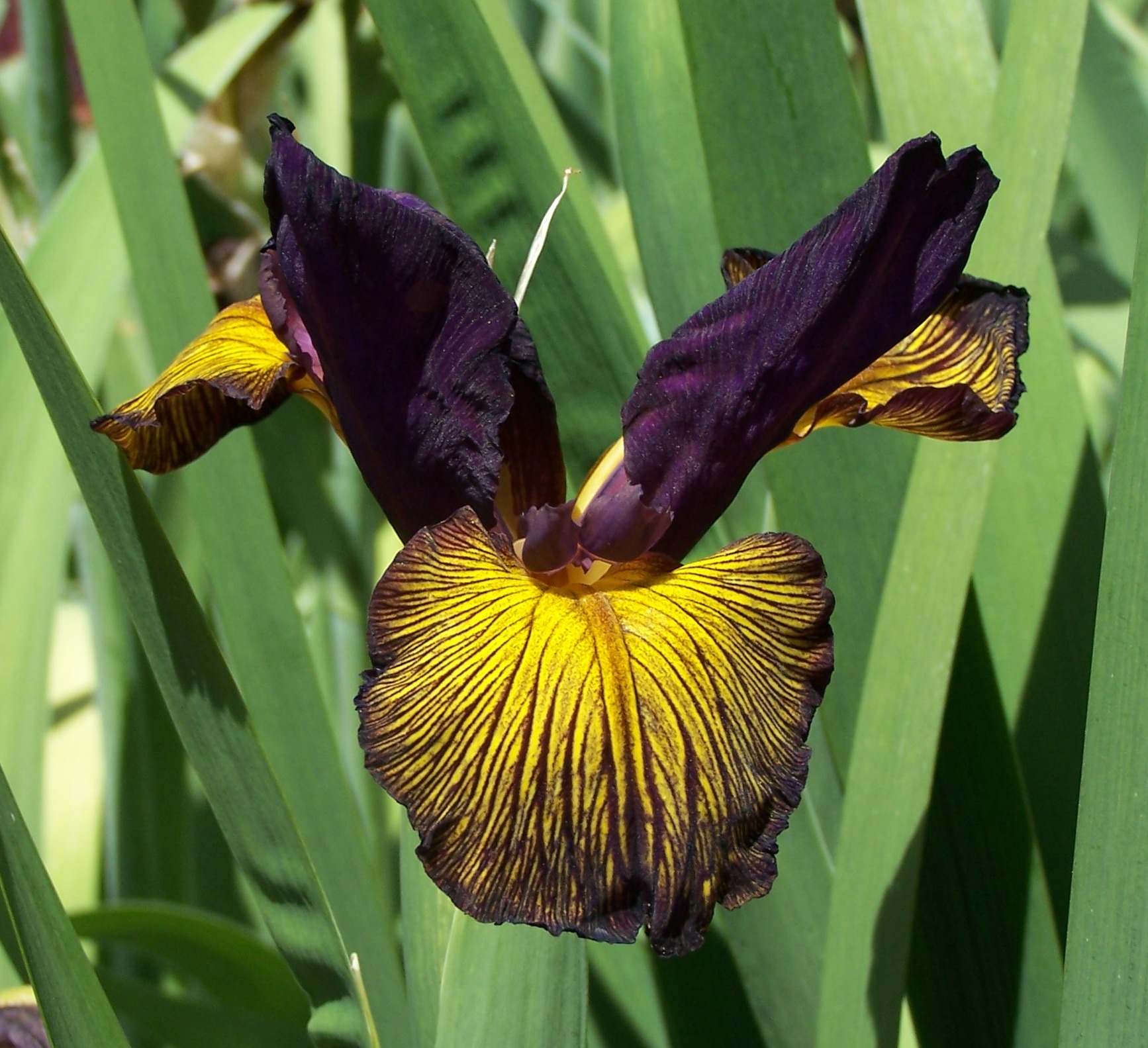
Hover mouse pointer over photo to pause slideshow
Add general purpose fertilizer; follow manufacturer’s instructions. Spuria’s take more nitrogen than bearded types. Phosphorus is essential for growth and bloom. Work amendments into the soil to a depth of 12 inches.
Space plants 30 to 36 inches apart to allow for large clumps and avoid frequent lifting and replanting. They do best when left in place for several years.
Trim dried roots from rhizomes; new roots will be white. Plant 1 to 2 inches deep, carefully working new roots into the soil. Pack soil firmly around rhizomes to eliminate air pockets.
Water deeply to settle soil and plants. Although drought resistant, they do require regular watering during the fall and spring growing seasons. Allow to go dormant by withholding water in July and August.
When danger of frost is past, begin feeding at 2 to 3 week intervals and continue through bloom. Use all-purpose water soluble plant food high in phosphorus at the manufacturer’s recommended amount.
Spuria’s make great background plants in the garden. They are also superb cut flowers for arrangements.
Spuria production field at Aitken’s Salmon Creek Garden